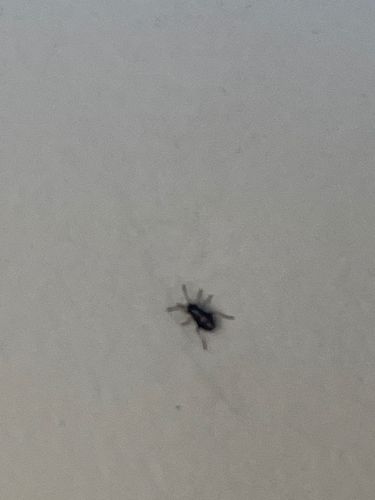Booklouse / Psocid
Scientific Name: Various species (e.g., Liposcelis spp., Psyllipsocus spp.)
Order & Family: Order Psocoptera, various families (e.g., Liposcelididae, Psocidae)
Size: Typically 1-2 mm in length, though some species can be up to 10 mm.

Natural Habitat
Booklice thrive in damp, warm, and humid environments. They are commonly found in homes, libraries, warehouses, and other buildings, especially in areas with poor ventilation, such as basements, bathrooms, and kitchens. They can also be found outdoors under bark or in leaf litter.
Diet & Feeding
Booklice feed on mold, fungi, dead insects, starch-based products (like book bindings, wallpaper paste), and other organic detritus. They do not bite or feed on humans or animals.
Behavior Patterns
They are typically slow-moving and prefer dark, damp conditions. Booklice can sometimes be seen in large numbers, especially in areas with high humidity and mold growth. They often scurry away when disturbed. Some species are parthenogenetic, meaning the females can reproduce without males.
Risks & Benefits
Booklice are generally harmless to humans, as they do not bite, sting, or transmit diseases. However, large infestations can contaminate food products, damage books, papers, and other starchy materials. Their presence can also indicate an underlying moisture or mold problem in a building, which can pose health risks (e.g., respiratory issues from mold) to occupants. They are not known to have significant benefits.
Identified on: 8/30/2025